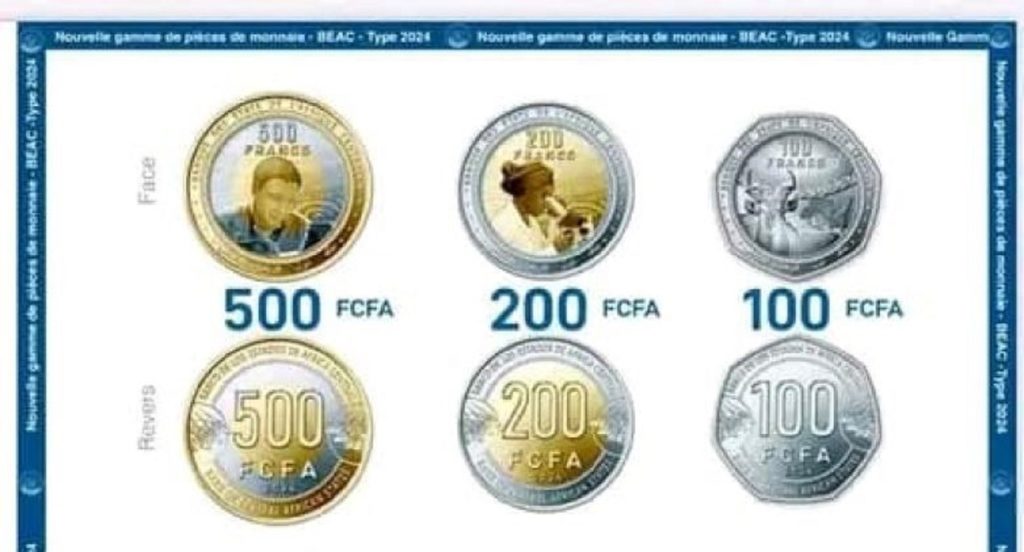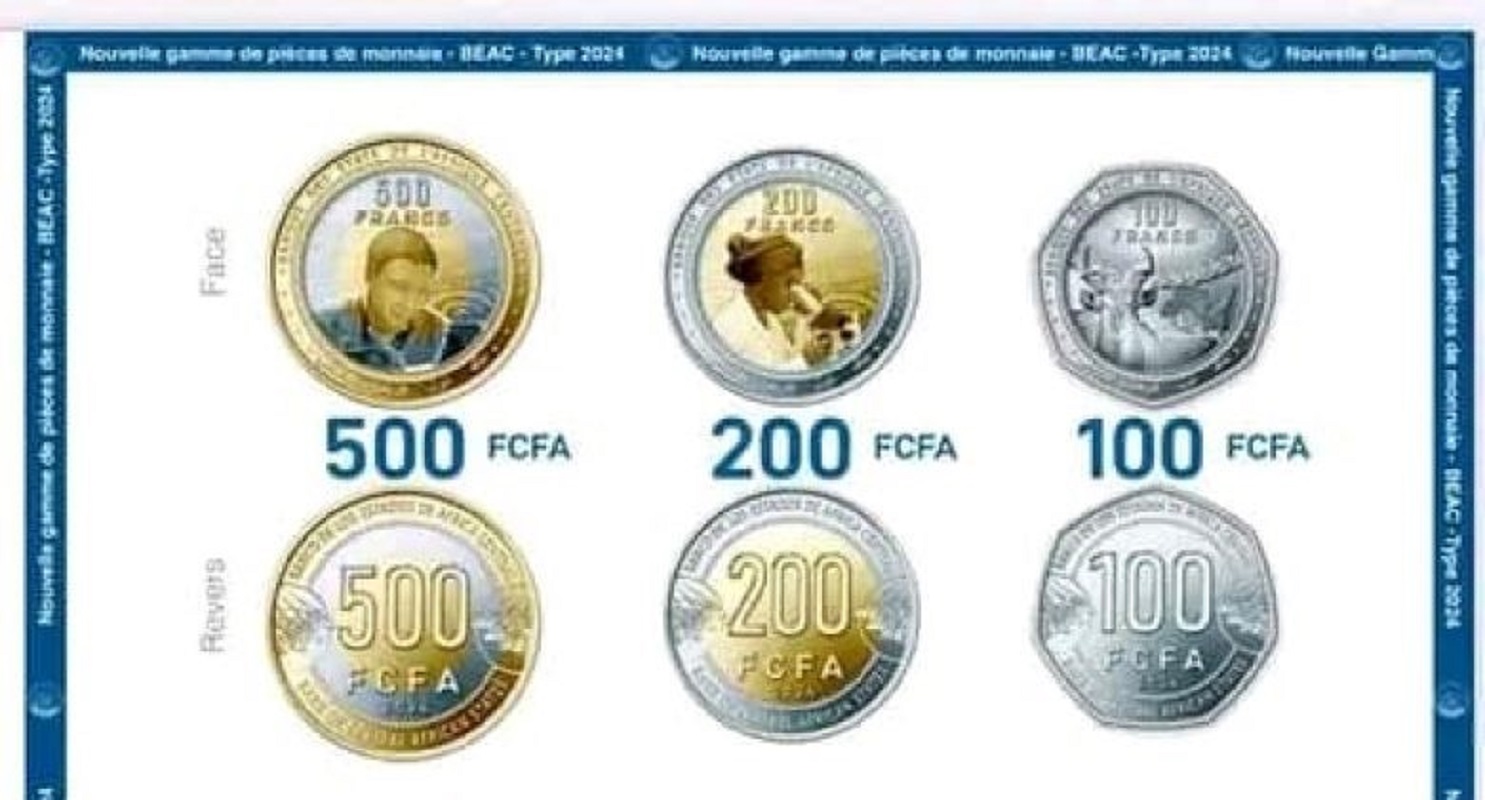Starting April 5, 2025, a new range of coins will enter circulation in the six countries of the Central African Economic and Monetary Community (CEMAC). Officially unveiled on April 2 in Bangui, these coins, including a new 200 CFA franc denomination, aim to alleviate currency shortages and combat the illegal export of old coins.
The Bank of Central African States (BEAC), the monetary issuing body of CEMAC, officially unveiled on April 2, 2025, in Bangui, the new range of coins intended to circulate from April 5 in the six member countries: Cameroon, Congo, Gabon, Equatorial Guinea, Chad, and the Central African Republic. This initiative, approved in March 2023 by the Ministerial Committee of the Central African Monetary Union (UMAC), follows the issuance of new banknotes in December 2022. It aims to strengthen monetary stability and address coin shortages that were hampering commercial transactions in the region.

The new coin series includes denominations of 5, 10, 25, 50, 100, 200, and 500 CFA francs. The main innovation is the introduction of a 200 CFA franc coin, thus facilitating certain everyday transactions. However, the old coins will remain valid and will circulate alongside the new ones. BEAC Governor Yvon Sana Bangui emphasized that “the metals and alloys used for this new range will guarantee greater security, in order to prevent the illegal export of coins due to their market value being higher than their face value.”
In recent years, the CEMAC region has faced a recurring coin shortage. One of the main causes was the massive export of old coins to an Asian country, where their base metal was valued in the jewelry industry. To address this, the BEAC opted for materials that were less attractive to clandestine recycling networks, while maintaining quality and durability suited to the region’s economic needs.
According to the BEAC, all distribution centers in the six member countries are stocked and ready for the effective circulation of the new coins. The official presentation to the current president of CEMAC, Faustin Archange Touadéra, marked the final step before their launch. Monetary authorities hope this reform will bring greater fluidity to daily transactions and strengthen public confidence in the local currency. It remains to be seen how this new range will be adopted by the region’s populations and merchants.






